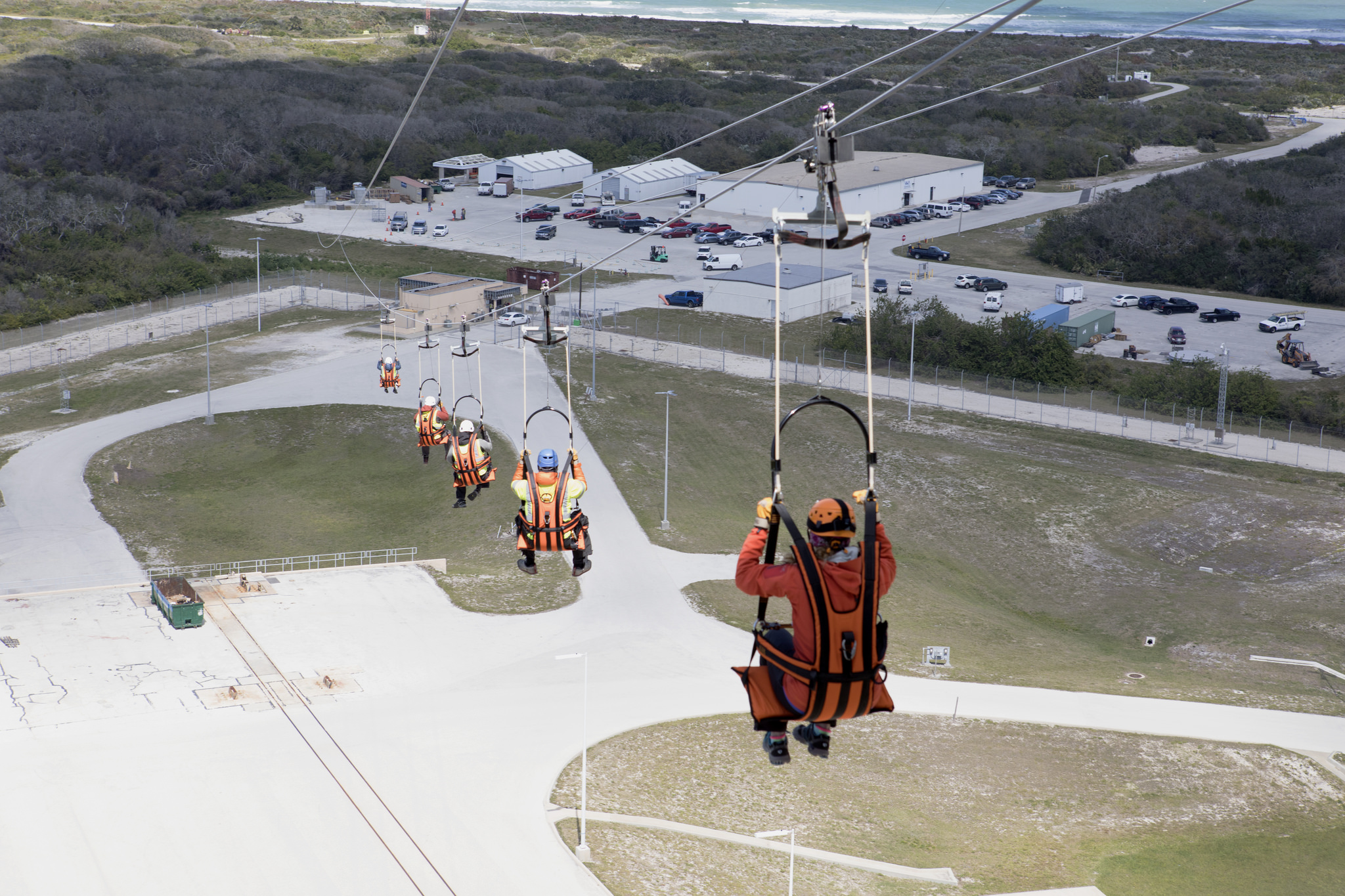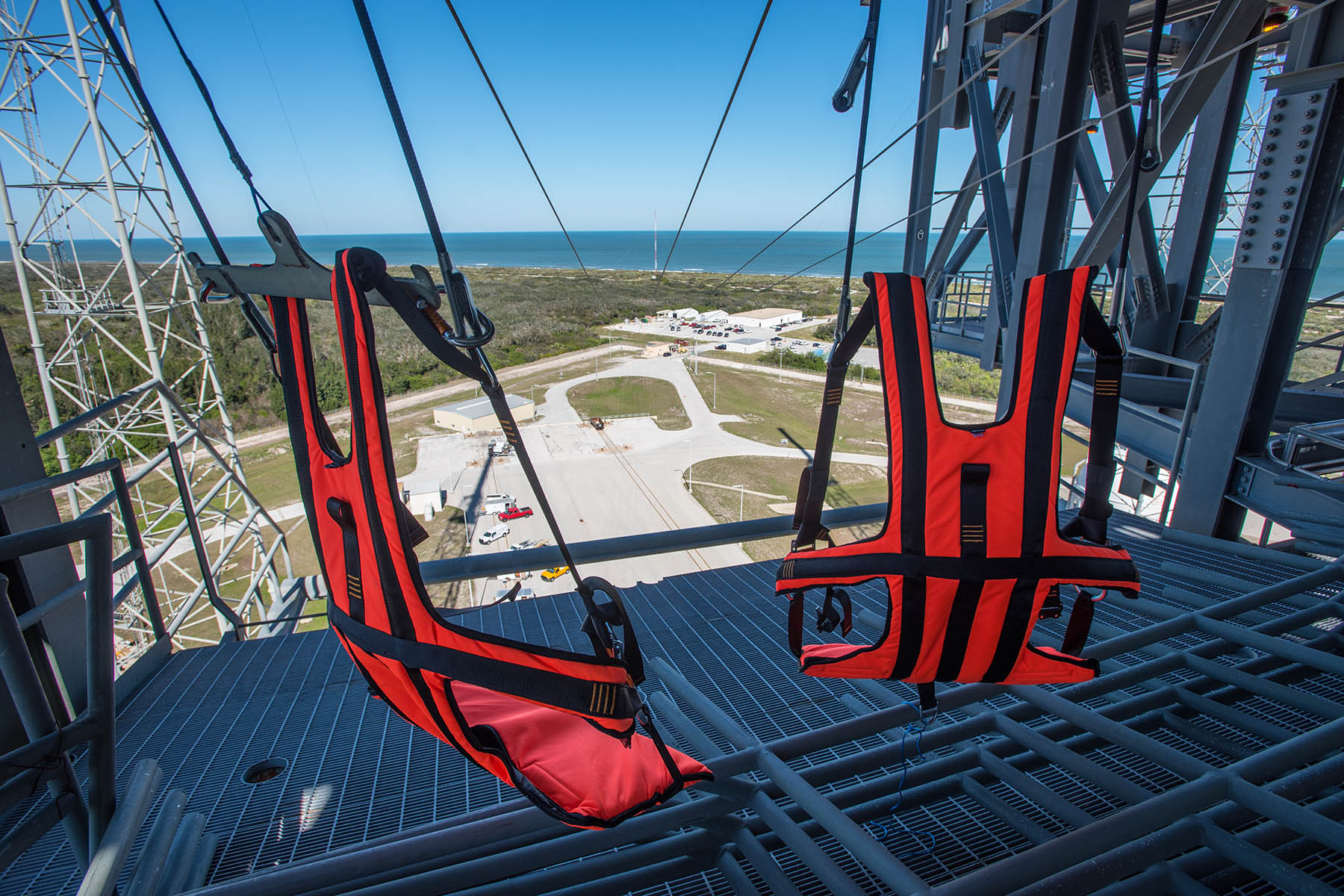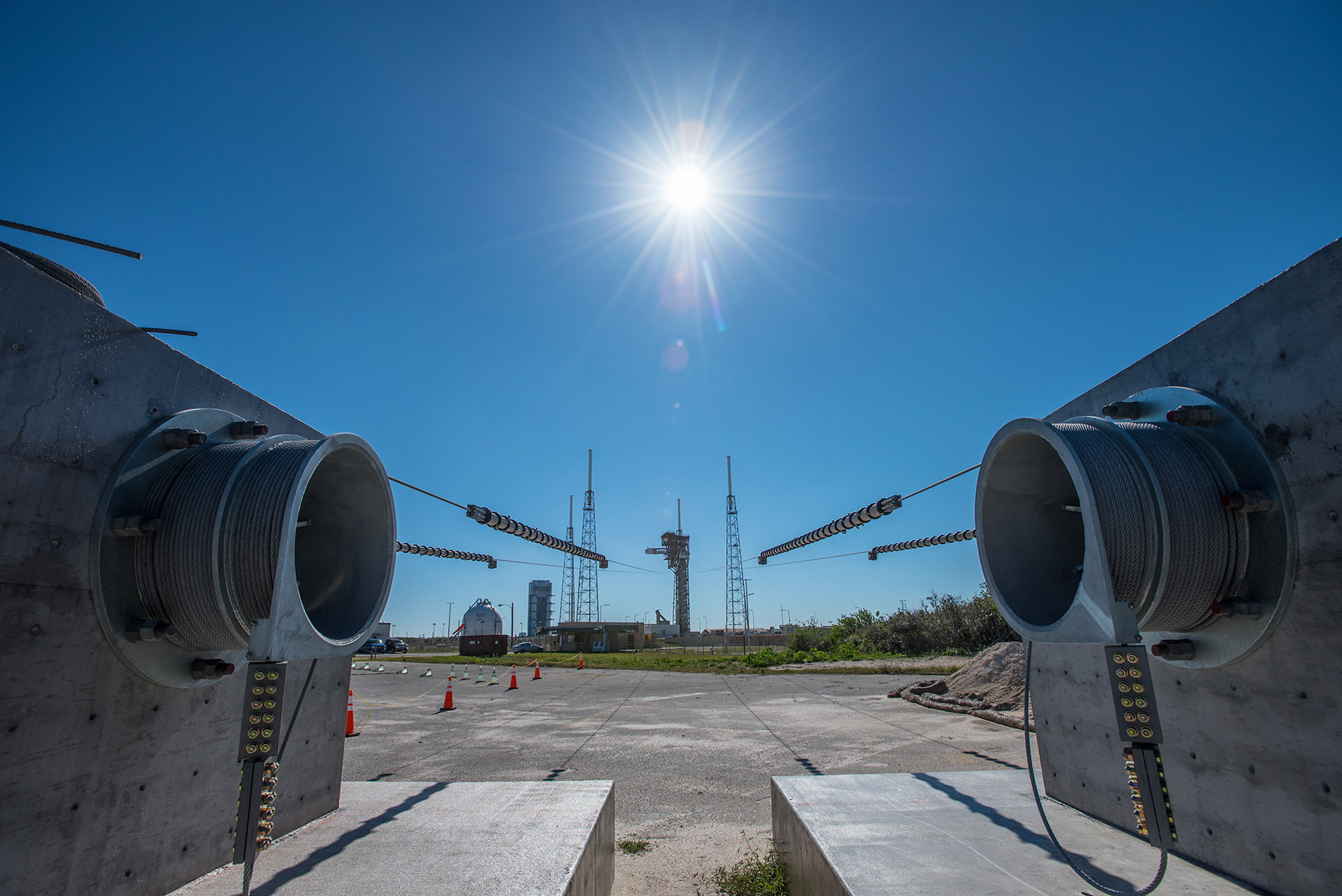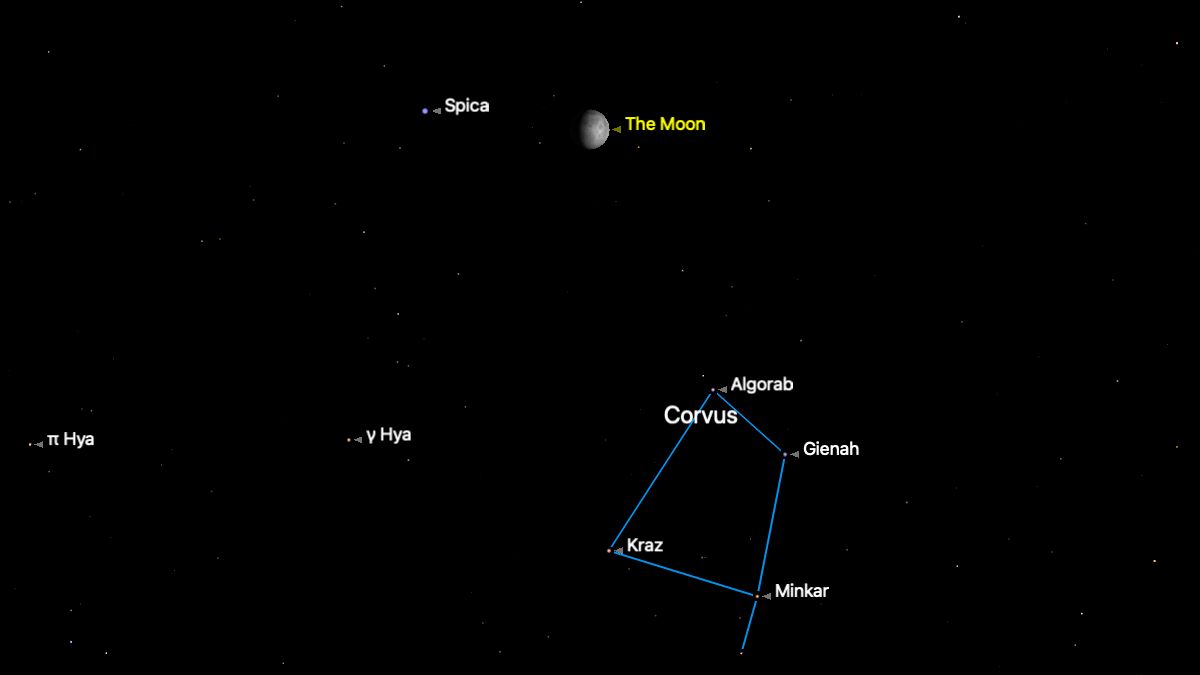Zip Line to Safety: ULA Installs Launchpad Escape System for Astronauts

COLORADO SPRINGS, Colo. — United Launch Alliance (ULA) has installed a 1,350-foot-long (410 meters) zip line on its Atlas V launchpad in Florida, but the company hopes the new system will never have to be used.
Rather than joyrides, the zip line is intended to give astronauts a superfast way to escape during a launchpad emergency. The system is similar to the slide-wire baskets NASA once used for space shuttle crews.
ULA, which will provide launch services for crews riding aboard Boeing CST-100 Starliner capsules, mulled over several different options, including tracks and a gondola, before settling on a zip-line system and a partner to build it. That partner, Terra-Nova, has designed and built some of the most challenging recreational zip lines around, including an 8,350-foot (2,545 m) ride over Copper Canyon in Chihuahua, Mexico, the world’s longest zip line. [Check out more photos ULA's astronaut zip line]
This week, officials with Terra-Nova, ULA and Boeing gathered with reporters at the edge of the Royal Gorge canyon, southwest of Colorado Springs, where thrill seekers can take a 40-plus-mph (64 km/h) ride on a Terra-Nova zip line suspended 1,250 feet (380 m) over the deepest canyon in Colorado.
To design a launchpad escape system, Terra-Nova built a launch tower mockup at its Utah headquarters and started testing how to adapt its patented system to accommodate the special needs of astronauts, who may be escaping in smoky or other hazardous conditions.

"The ride we understand. It was interfacing the astronauts into the system that was the challenge," said Terra-Nova founder and inventor Eric Cylvick.
The biggest differences between the new zip line at Cape Canaveral Air Force Station's Pad 41 and Terra-Nova’s recreational systems are the seats, which are larger to accommodate the astronauts’ pressurized flight suits and bright orange, so they can be more easily seen.
Get the Space.com Newsletter
Breaking space news, the latest updates on rocket launches, skywatching events and more!
The company installed five lines at Pad 41, each of which has four seats. So as many as 20 people can escape from the launch complex if necessary. In addition to a typical four-member astronaut crew, Boeing and ULA expect that about six technicians will be on the launchpad to assist the crew into the capsule and close the hatch.
The goal is to be able to evacuate everyone from level 12 of the Crew Access Tower, located 172 feet (52 m) above the launchpad, to the ground, in 90 seconds.

"In a lot of ways, it’s actually easier than the (shuttle) slide-wire system," said Chris Ferguson, a former NASA astronaut who now oversees Starliner crew and mission operations.
The slide-wire system required three or four people to climb into a basket before it would release and glide to the ground, which made for some complicated logistics, Ferguson said. "This is going to be a whole lot easier."
ULA and Boeing declined to release the system’s cost.
NASA hired Boeing and SpaceX to begin flying astronauts to the International Space Station in late 2018. When the private spaceships start flying, they will break the monopoly on crew transportation that Russia has held since the space shuttle's 2011 retirement. SpaceX, which plans to fly crew from NASA’s Kennedy Space Center Launch Complex 39, has not yet unveiled its crew escape system.
Follow us @Spacedotcom, Facebook and Google+. Original article on Space.com.
Join our Space Forums to keep talking space on the latest missions, night sky and more! And if you have a news tip, correction or comment, let us know at: community@space.com.

Irene Klotz is a founding member and long-time contributor to Space.com. She concurrently spent 25 years as a wire service reporter and freelance writer, specializing in space exploration, planetary science, astronomy and the search for life beyond Earth. A graduate of Northwestern University, Irene currently serves as Space Editor for Aviation Week & Space Technology.
